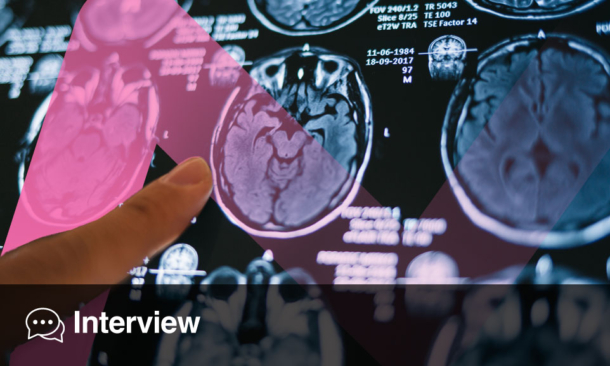RESILIENCE in adolescents with juvenile fibromyalgia (JFM) may significantly alleviate emotional symptoms, providing fresh insights for clinicians treating this complex chronic pain condition. JFM, a syndrome predominantly affecting adolescent girls, leads to widespread pain and can significantly impact mood and overall outlook. Findings from a new study investigated the role of resilience on core somatic and affective symptoms in JFM and the neurophysiological substrates. The study highlighted that resilience is linked to distinct patterns of brain connectivity, which may help shield against the emotional toll of the condition.
The study evaluated 41 adolescent girls diagnosed with JFM and 40 pain-free peers using fMRI scans and resilience assessments. Researchers discovered that those with higher resilience displayed brain connectivity patterns resembling those of pain-free adolescents, particularly within the default-mode network (DMN), a region associated with self-reflection and emotional regulation. This pattern included increased whole-brain connectivity and strengthened links within the DMN, which also connected to areas involved in self-referential thought, regulatory processes, and reward perception.
While resilience showed a protective effect on emotional symptoms, it did not impact core somatic symptoms such as pain intensity. Highly resilient adolescents experienced fewer affective symptoms, including depression and anxiety, than their less resilient counterparts, though both groups reported similar physical symptoms. Adolescents with lower resilience demonstrated higher DMN-premotor connectivity, a pattern not found in pain-free controls.
These findings offer new clinical insights into the neurophysiological substrates of resilience in juvenile fibromyalgia. By understanding resilience’s role in shaping brain function, healthcare providers can explore resilience-building interventions to better manage the psychological burden in adolescent patients with JFM.
Reference: Suñol M et al. Neurophysiology of resilience in juvenile fibromyalgia. medRxiv. 2024; 24308376. [Preprint]







